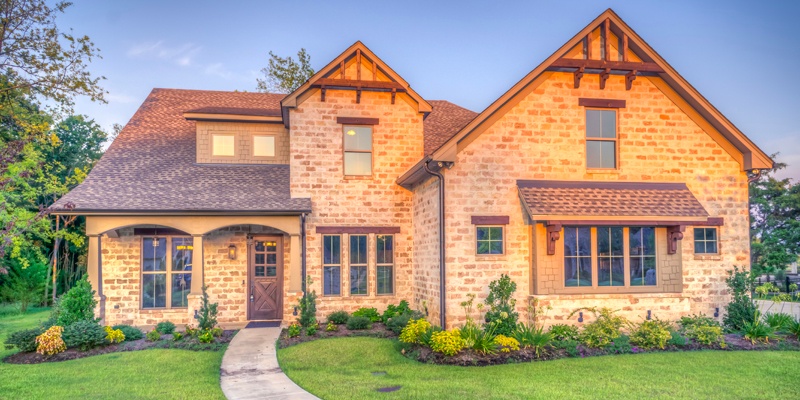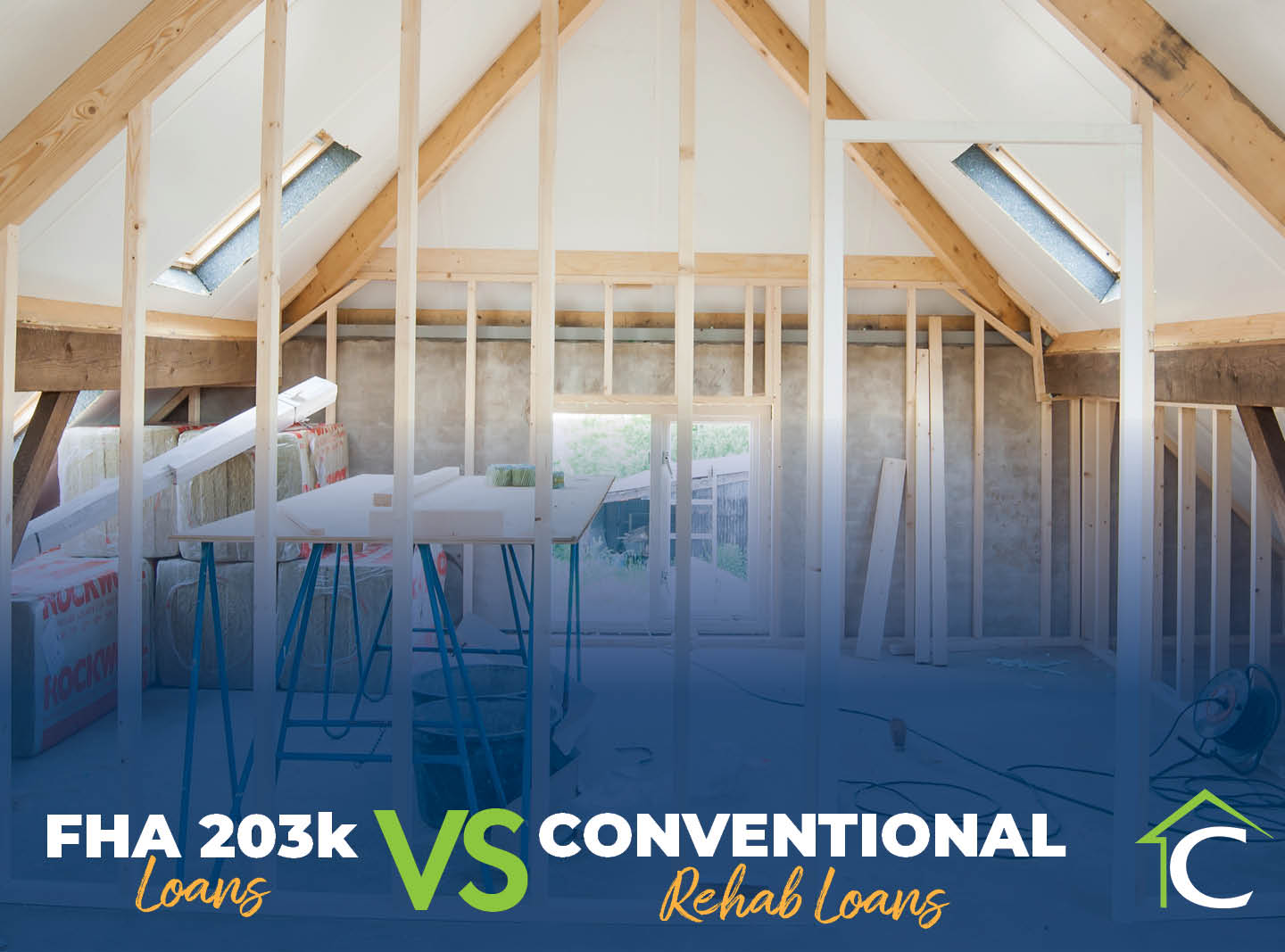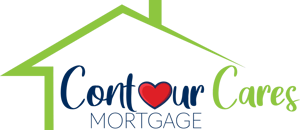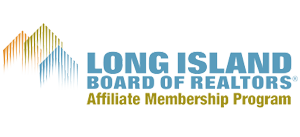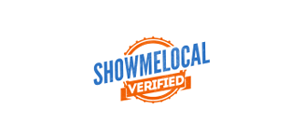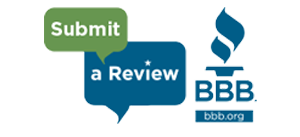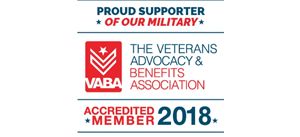For many people, they’re going to need some financial assistance in order to achieve their dream of homeownership. This is where a mortgage loan comes into play. However, despite what some people may think, especially those who have never purchased a home before, there isn’t just a one-size-fits-all loan for everyone. Instead, there are several types of mortgage loans available to home buyers. While you may not necessarily qualify for all of them, it’s important to learn about each one in order to find out which option would be the most advantageous for you.
To help get you started, here is a breakdown of some common types of mortgage loans you have to choose from:
-
1. Traditional Mortgage Loan
A traditional, or conventional, mortgage loan is often used to help someone purchase his or her primary residence, whether a house, condo, co-op, or townhouse, but it can also be utilized by those who are looking to buy a second home or rental property, for instance. It can have either a fixed rate or an adjustable rate.
In order to qualify for a traditional mortgage loan, there are certain requirements you must meet. Typically, you’ll want to have the money to pay 20 percent down on the property. Instances in which the buyer is paying less than that, as the official minimum requirement is 5 percent, private mortgage insurance (PMI) is usually required by the mortgage lending company.
As explained by the government agency Consumer Financial Protection Bureau, your debt-to-income ratio (DTI) refers to “all your monthly debt payments divided by your gross monthly income.” By assessing this statistic, a mortgage lending company will be able to determine if you have the ability to pay back the money you borrow. For you to be considered for a traditional mortgage loan, it’s recommended that your DTI ratio be less than 43 percent.
-
2. FHA Loans
FHA loans are insured by the U.S. Federal Housing Administration, which is a part of the U.S. Department of Housing and Urban Development, and can only be provided to qualified home buyers through FHA-approved mortgage lending companies. This type of loan is a good option for first-time home buyers who don’t have enough capital for a 20 percent down payment. In fact, with an FHA loan, you could pay as low as 3.5 percent down.
FHA.com also points out that home buyers who have experienced some financial trouble in the past, including bankruptcy and/or foreclosures, aren’t automatically turned away if they inquire about an FHA loan. That is, if they meet the other requirements, they could still be approved. But this varies depending on the borrower’s individual circumstances and the mortgage lending company.
FHA loans have limits that affect how much someone can actually borrow, as well. The location and average home price in the area are just two factors considered. The property type is another. And remember: FHA loans are only applicable to home buyers looking to purchase a single-family home or multi-family home, with a maximum of four units.
Additionally, you can also use this type of loan to refinance your current home.
-
3. USDA Loans
USDA loans are back by the U.S. Department of Agriculture and aim to help lower-income families/individuals buy a single-family or multi-family home. Similar to FHA loans, USDA loans have more lenient requirements with lower interest rates, compared to traditional loans. In fact, those who qualify do not have to pay any money down.
In order to see if you meet this loan’s income requirements, for example, it’s best to visit the USDA’s official website to inquire about your eligibility and/or contact a trusted mortgage lending company to learn more.
Property location plays a major role in your USDA loan eligibility, as well. This is because it is designed to help people living in rural areas. As a result, anyone looking to move to a major metropolis will not be able to obtain this type of financing.
-
4. Reverse Mortgage
A reverse mortgage is completely different than any of the other loans mentioned here. This is because you don’t use the money to buy a new house. Instead, you receive either a lump sum of capital or monthly payments based on your home’s equity and utilize that money to pay off outstanding debt, medical bills, or any other expenses you have looming over your head.
Unlike the aforementioned loans, applicants for a reverse mortgage must be at least 62 years old. Consequently, if you are married and your spouse is younger than 62 years of age, he or she cannot be a co-borrower. The same would be true if you were the younger spouse.
As explained in one of our previous posts about reverse mortgages, the property must be your primary residence, rather than a second home, rental property, or vacation home, and you are required to meet with a Home Equity Conversion Mortgage (HECM) counselor before making this financial decision.
There’s so much to learn when it comes to the different types of mortgage loans available. If you’re interested in finding out additional information about any or all of the loans we’ve discussed, feel free to contact Contour Mortgage and get in touch with a knowledgeable mortgage loan originator.
Created using Visme. The Easy Visual Communication Tool.

